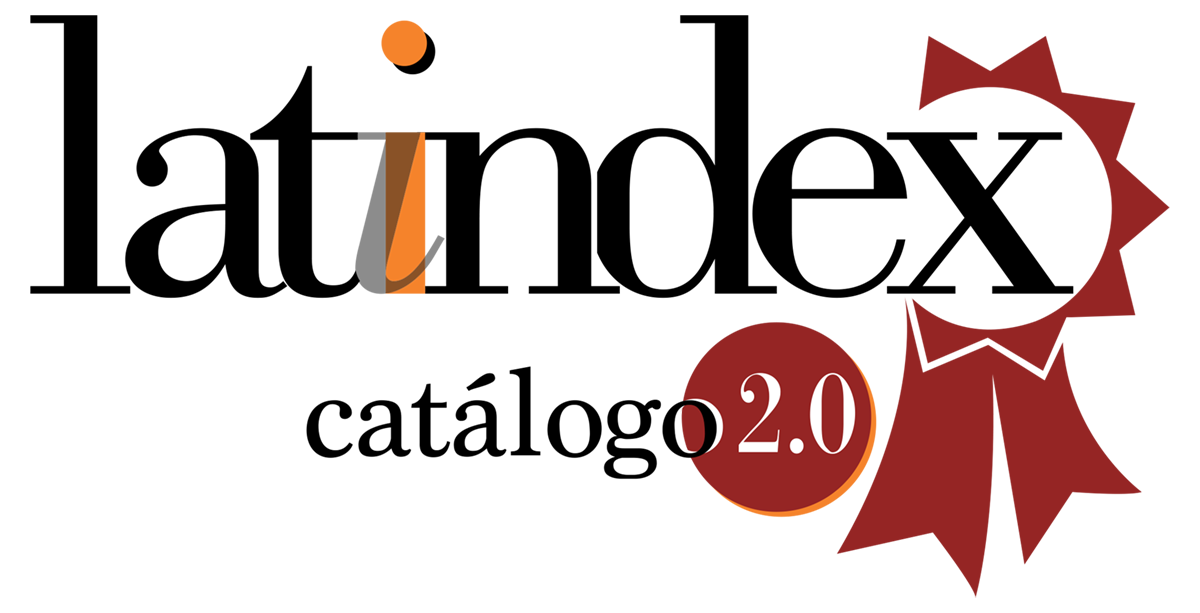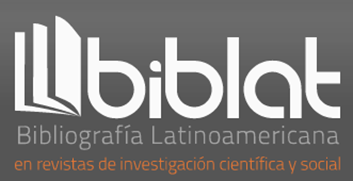Caracterización de material compuesto con Polietileno Tereftalato post - consumo y aserrín
DOI:
https://doi.org/10.47133/IEUNA2022Palabras clave:
materialcompuesto,polietileno tereftalato, aserrín, sostenibilidad, reciclajeResumen
El objetivo de esta investigación es observar las características mecánicas de tracción midiendo la resistencia estática del material compuesto de polietileno tereftalato de post consumo y aserrín. El polietileno tereftalato es uno de los plásticos que se desechan en mayor volumen en los rellenos sanitarios y basureros de las ciudades; así mismo, el aserrín es también considerado un desecho para los aserraderos. Este material compuesto se constituye como una alternativa a la madera, aprovechando las propiedades ventajosas que poseen tanto el polietileno tereftalato como el aserrín, para futuras aplicaciones y contribuir con la sostenibilidad del medioambiente a través del reciclaje. Las probetas consistían en especímenes de polímeros vírgenes, reciclados y materiales compuestos reciclados, estas de diferentes proporciones de concentración de las fibras de aserrín (p/p %) de (10 y 20 %). Los resultados observados en los ensayos de tracción muestran valores superiores en las probetas del material compuesto que en las probetas de solamente poliméricas. En la evaluación final, se infiere un notable aumento del Módulo de Young con el incremento de las fibras de aserrín en la matriz polimérica, y nos deja suponer su excelente dureza, pero así también, se visualiza una pérdida de tenacidad y su probable disminución en su propiedad de ductilidad.
Descargas
Descargas
Publicado
Número
Sección
Licencia
Derechos de autor 2021 Gerardo Andrés Alvarenga Salinas, Eduardo Giangreco, Williams Bobadilla Torres, Jeisson Sastoque Guerrero, Carmen Sánchez, Magno Miguel Maíz Flecha

Esta obra está bajo una licencia internacional Creative Commons Atribución 4.0.


















